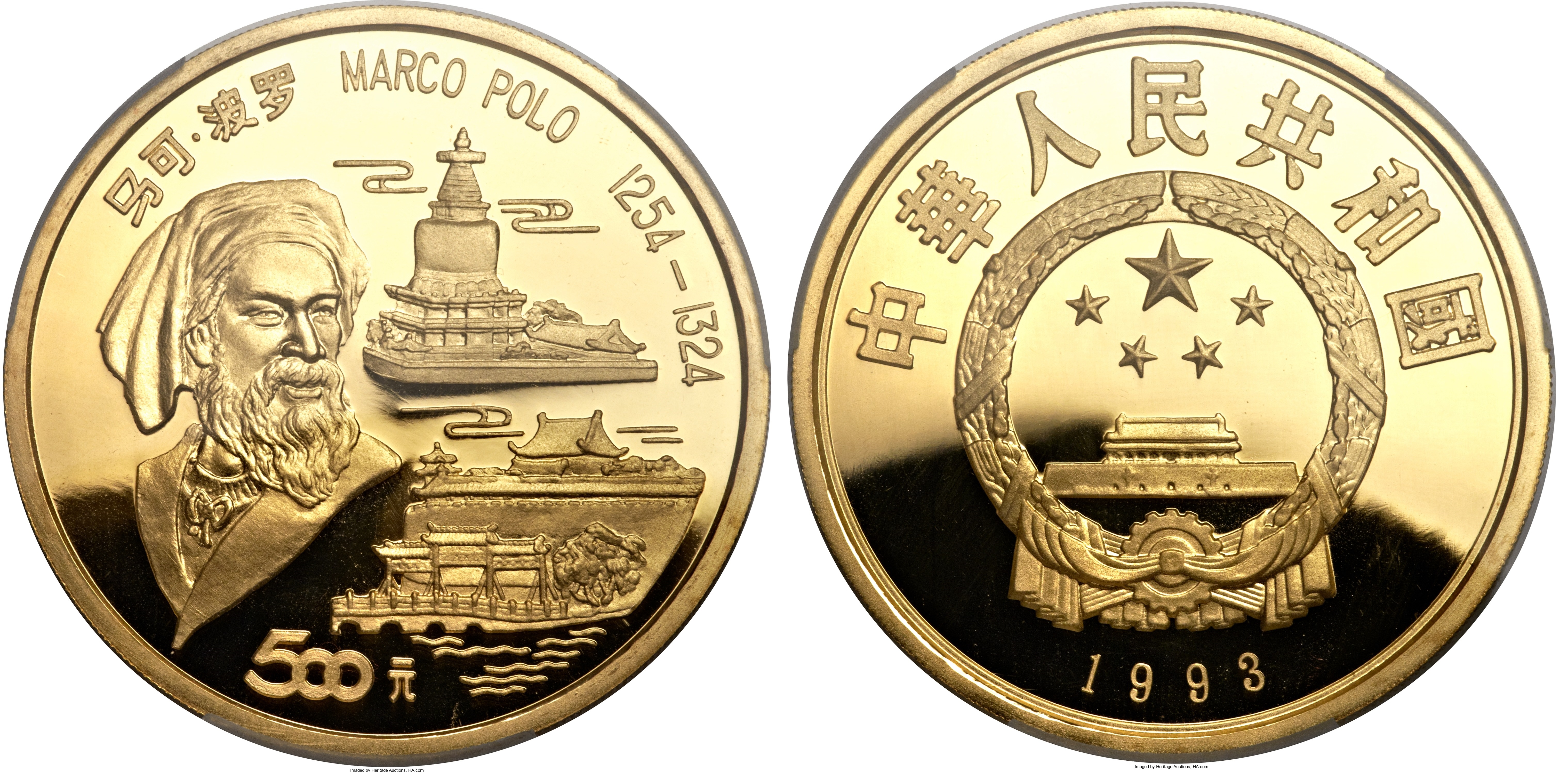
By Jim O’Neal
As campaign rhetoric on trade continues to be a hot topic, it may be time to review some history.
Venetian merchant Marco Polo’s arrival in 1275 at Shangdu, the capital of the Great Kublai Khan, marked the end of a four-year journey. He had traveled from Italy to the Mongol capital along the length of the Silk Road. This was an ancient network of routes that carried precious goods between China and Europe for centuries.
The Silk Road had first become a conduit for trade when the Chinese Han Dynasty pushed into Central Asia in the late 2nd century. From then on, goods like jade and silk were carried west, passed from caravan to caravan by a series of merchants who met caravans of furs, gold and horses traveling in the opposite direction. Chinese inventions like gunpowder, paper and magnetic compasses were also brought west on this route, arriving at Constantinople and the Black Sea ports.
By the 13th century, sections of the Silk Road had become less safe. However, following the Mongol conquest, the Great Kublai Khan stabilized it so a merchant could travel from Khanbalik (Beijing) to Baghdad safely. Italian city-states such as Pisa, Genoa and Venice also pioneered maritime trade across the eastern Mediterranean, which enabled merchants to connect directly with sea routes that linked West Asia and Egypt to China via the Indian Ocean.
The profits for merchants taking advantage of Pax Mongolica (peace in Eurasia) could be enormous. The costs to ship might amount to 3,500 Florins, but the cargo sold could yield seven times that. By 1326, Genoese traders were a common sight in the principal Chinese port of Zaitun.
The Silk Road flourished for another century, but the 1335 collapse of the Mongols in Persia and overthrow of the Yuan in 1368 blocked European traders at the western end by the growth of the Muslim Ottoman Empire. But the taste of profits was too intense and that’s when Portuguese sailors took over, eager to trade directly with China via the sea alternative to the defunct Silk Road.
Marco Polo (1254-1324) stayed in China for 17 years, traveling extensively in the Khan’s service, before returning to Venice, where he lived the rest of his life. Few people from this era are familiar to modern society, but last night I saw a TV commercial with a group of kids in a swimming pool playing with Marco.
It is sometimes humorous to listen to various people debating trade, but they are victims of the WTO/NAFTA/TPP/currency manipulation myths and generally unaware of the rich history of world trade and just how sophisticated our trading partners really are.
 Intelligent Collector blogger JIM O’NEAL is an avid collector and history buff. He is President and CEO of Frito-Lay International [retired] and earlier served as Chairman and CEO of PepsiCo Restaurants International [KFC Pizza Hut and Taco Bell].
Intelligent Collector blogger JIM O’NEAL is an avid collector and history buff. He is President and CEO of Frito-Lay International [retired] and earlier served as Chairman and CEO of PepsiCo Restaurants International [KFC Pizza Hut and Taco Bell].
